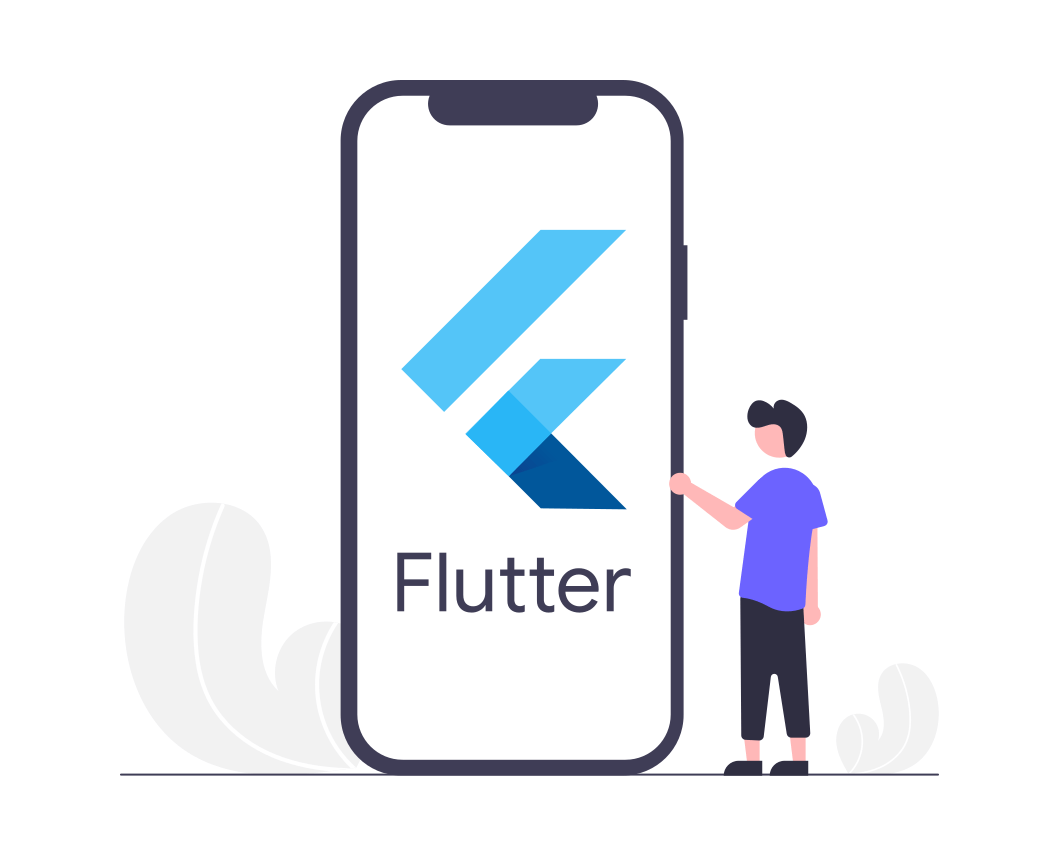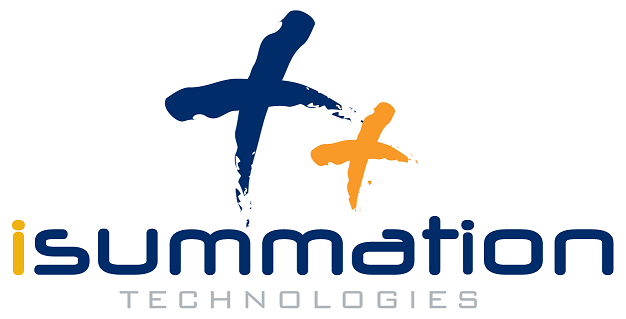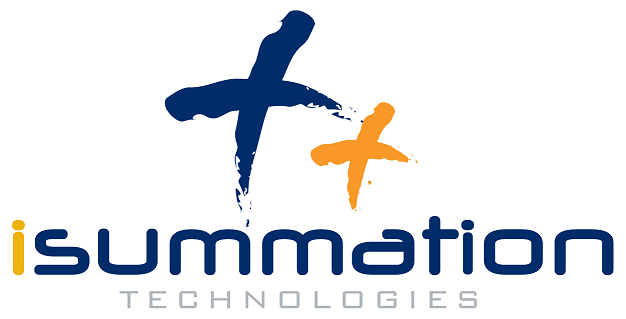Flutter framework
With the Flutter framework developers can use a single programming language to create apps for the two main smartphone platforms- Android and iOS. Flutter removes the need to duplicate coding efforts as only one codebase serves to create apps for both the platforms.
What is Flutter?

Flutter is a free UI framework developed for mobile devices by Google that adopts the open-source licensing and code protocols. The flutter ui library consists of:
A Software Development Kit or SDK- Through the flutter SDK developers can access a range of tools and will assist them in creating apps. Such tools include means to translate or compile the code you create to the machine code of the platform we are talking about.
The widget-based flutter ui library –This consists of an assortment of UI elements that developers can use repeatedly. You can personalize the UI elements like text inputs, buttons sliders etc. according to the needs of the moment.
Flutter uses the dart programming language and the dart web framework.
Features of Flutter
- Open-source Platform
- Rich Widgets
- Hot Reload
- Google Firebase Support
- Single Code Base
- Native performance
When To Use Flutter
When you need to code faster
Developers can use the flutter framework to accelerate the app development process and add more dynamism to them. You can view the changes made to the code in the app in real-time with the hot-reload feature of the technology. It takes only a few seconds and developers can see the modifications like the features they add, bug fixes they implement in real-time. It facilitates the work of developers to experiment with apps further.
The hot-reload feature of Flutter helps to keep the efforts of both the developers and designers coordinated with each other. You can use hot-reload to see most types of code modifications, but a few still need a full restart of the app/platform. In contrast, when you develop apps natively, you need to rebuild the project each time you make a change, making the full process time consuming. Developers often must wait for several minutes for each modification to see how the changes are working out.
You need a single code for both the app platforms
When you use the flutter framework the codebase remains the same for both your iOS and Android app. This comes with its own set of advantages. The flutter ui library comes with own set of widgets and designs and is not dependent on the platform you are using to develop your app. It results in having identical apps for both the platforms. However, it comes without restriction as you can still differentiate your apps
Do not want to go through an elaborate testing phase
Having the same app for iOS and Android also translates to minimal amount of necessary testing making Quality Assurance fast and simple. The automatic tests can run only once having the same codebase. Further, QA specialists need to check only one app unless there is deliberate differentiation.
Want your apps to run faster
Flutter is well-known for creating apps that run smoothly and perform actions faster without the developer having to deal with common issues like cutting and hanging. The documentation that comes with the platform is comprehensive and helps developers save a lot of time and potential headaches.
Create attractive app designs
Making app widgets becomes extremely simple with Flutter. Developers can make the process even simpler by customizing widgets that are already there. Flutter has a wide catalog of app views and widgets. The Cupertino and Material Design widgets are just some of them.
UI look can be the same even in older devices
Flutter can work on iOS 8 or later iOS versions and Android Jelly-Bean and newer devices with the same UI without having to spend more time and effort in supporting such old OS versions.
Need to create an MVP
Developers and business owners trying to create an app for showing its potential to investors have an easy solution with minimal development time with Flutter.

